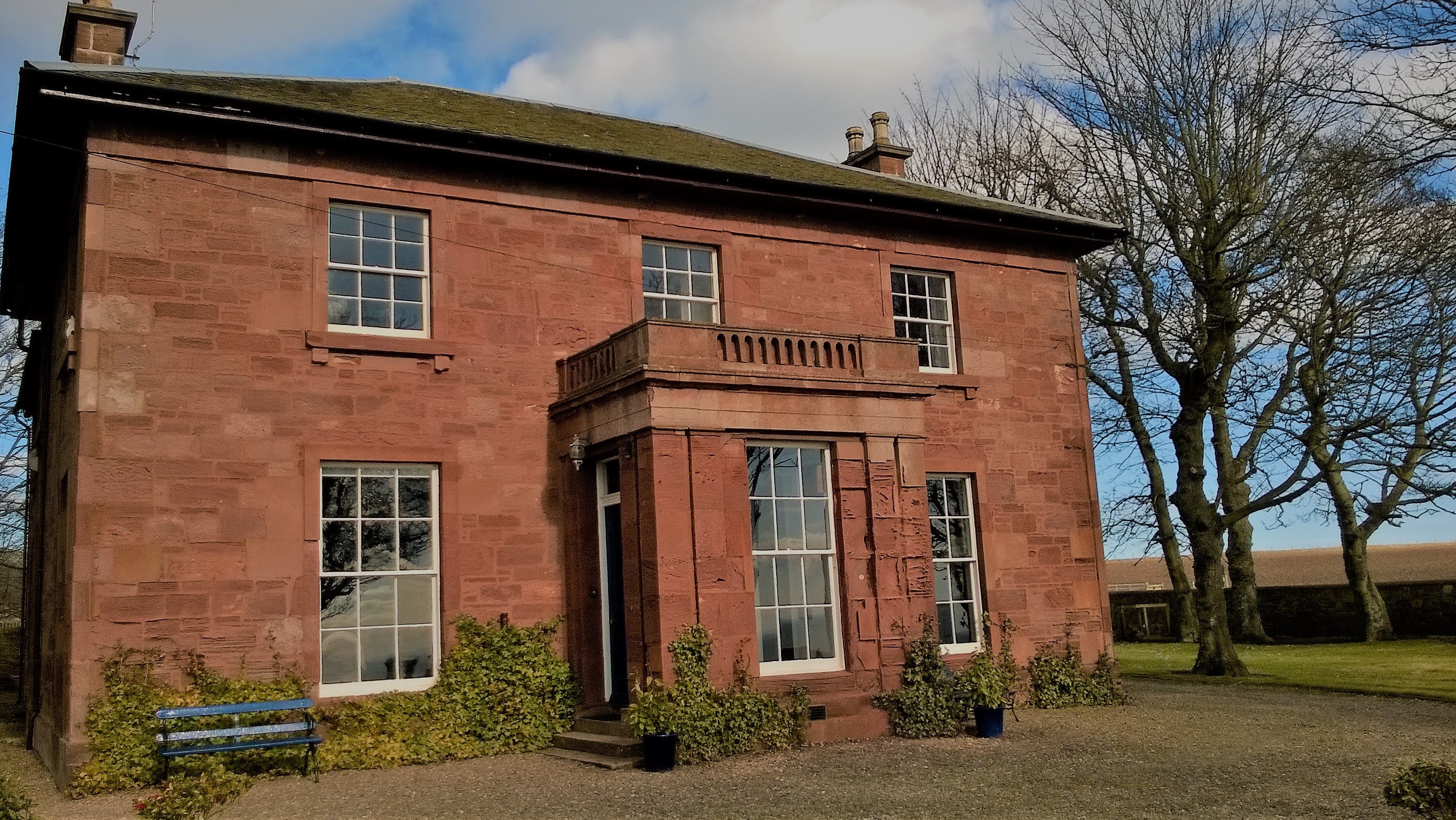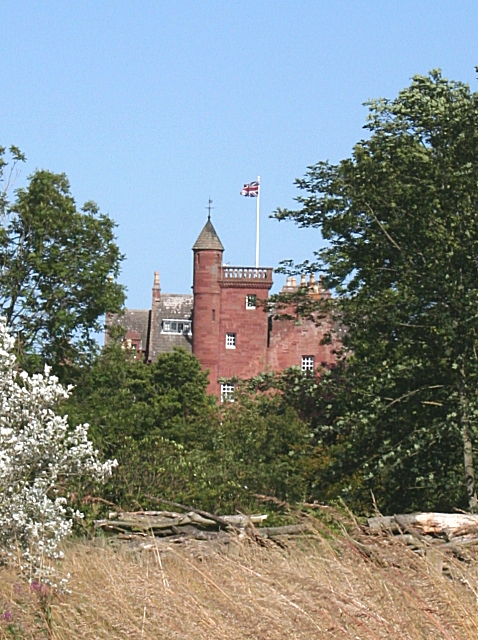Castlesea Bay
Bay in Angus
Scotland
Castlesea Bay

Castlesea Bay is a picturesque bay located in the county of Angus, Scotland. Situated along the eastern coast of the country, it offers stunning views of the North Sea and is a popular destination for locals and tourists alike.
The bay is characterized by its beautiful sandy beach, which stretches for approximately 1.5 miles. The sand is soft and golden, making it an ideal spot for sunbathing, picnicking, and leisurely walks along the shore. The calm and clear waters of the bay also provide opportunities for swimming and other water activities during the summer months.
Surrounding the bay are rolling green hills, adding to the area's natural beauty. Visitors can enjoy scenic walks along the clifftops, offering panoramic views of the bay and its surroundings. The area is also rich in wildlife, with seabirds such as gulls and puffins often spotted along the coast.
Castlesea Bay is easily accessible, with a car park located nearby and regular bus services connecting it to the nearby town of Arbroath. The bay also has a small café and toilet facilities for the convenience of visitors.
Overall, Castlesea Bay is a charming and tranquil destination, offering a perfect blend of natural beauty and recreational opportunities. Whether for a relaxing day at the beach or an exploration of the surrounding countryside, this bay is a must-visit for those seeking to experience the beauty of Angus.
If you have any feedback on the listing, please let us know in the comments section below.
Castlesea Bay Images
Images are sourced within 2km of 56.58405/-2.5192425 or Grid Reference NO6843. Thanks to Geograph Open Source API. All images are credited.


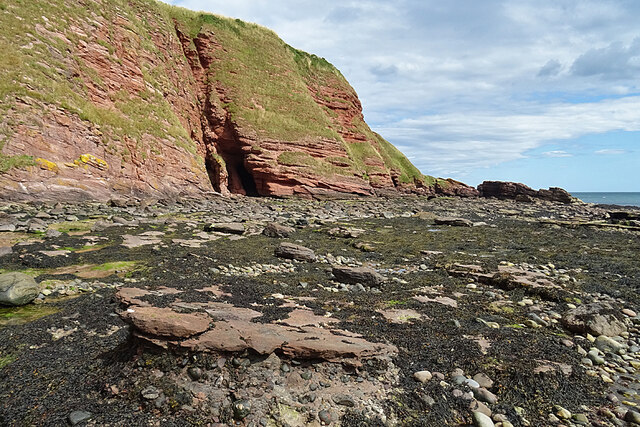
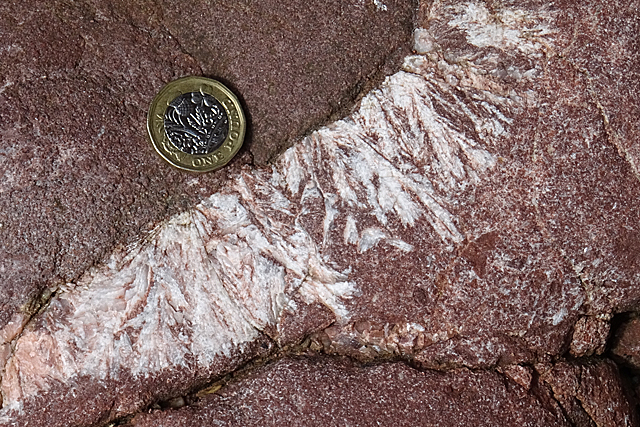
Castlesea Bay is located at Grid Ref: NO6843 (Lat: 56.58405, Lng: -2.5192425)
Unitary Authority: Angus
Police Authority: Tayside
What 3 Words
///massaging.gagging.sourced. Near Arbroath, Angus
Nearby Locations
Related Wikis
Auchmithie
Auchmithie is a small fishing village in Angus, Scotland, three miles north east of the town of Arbroath. It sits atop a cliff of red sandstone conglomerate...
West Seaton House
West Seaton House is a listed building of late Regency design, situated approximately one mile (1.6 km) to the east of Arbroath in the parish of St. Vigeans...
Ethie Castle
Ethie Castle is a 15,091 square feet (1,402.0 m2) 14th-century castle, situated around 3 miles north of the fishing town of Arbroath in Angus, Scotland...
Marywell
Marywell is a village in Angus, Scotland, that is north of Arbroath, in the parish of St Vigeans. == References == == Sources == Marywell in the Gazetteer...
Nearby Amenities
Located within 500m of 56.58405,-2.5192425Have you been to Castlesea Bay?
Leave your review of Castlesea Bay below (or comments, questions and feedback).


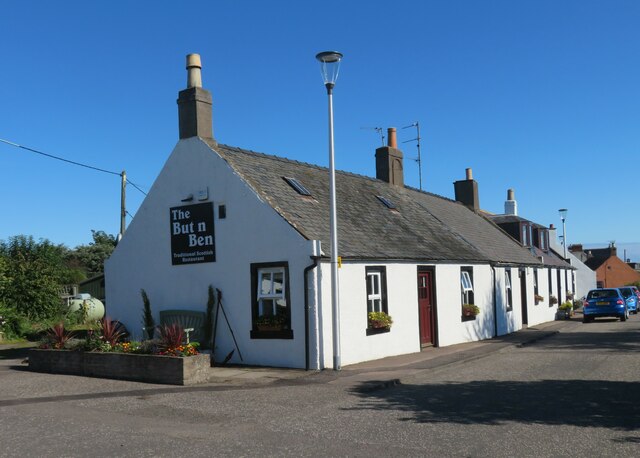
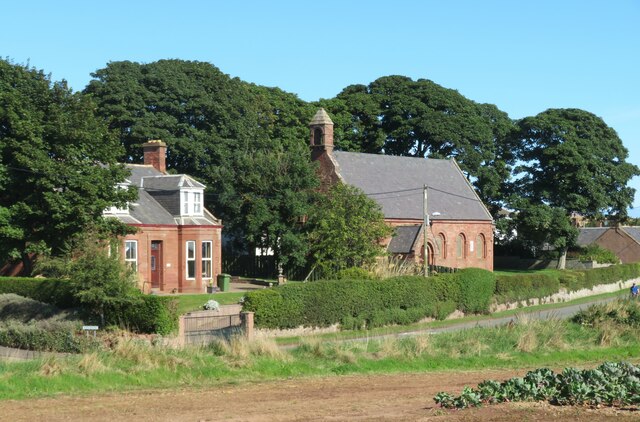
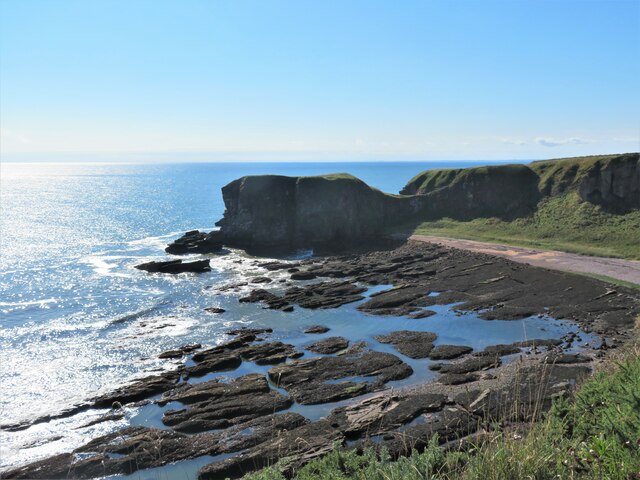
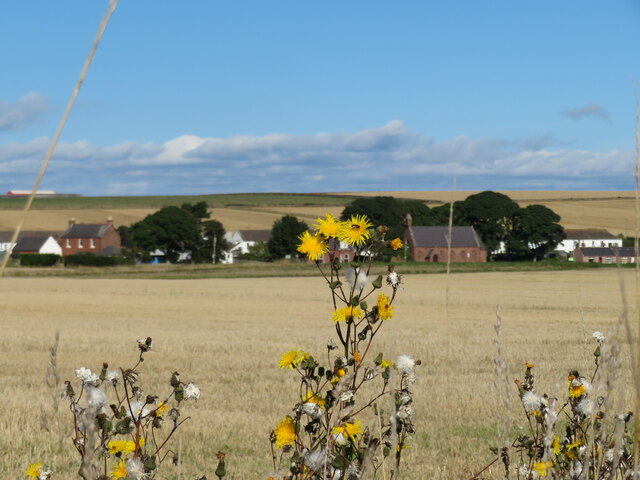
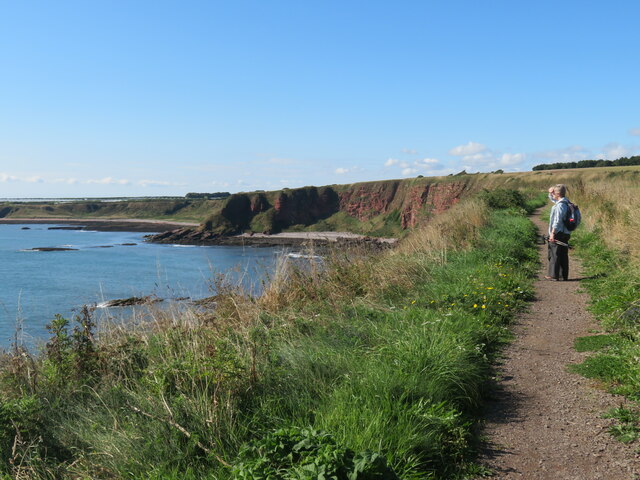
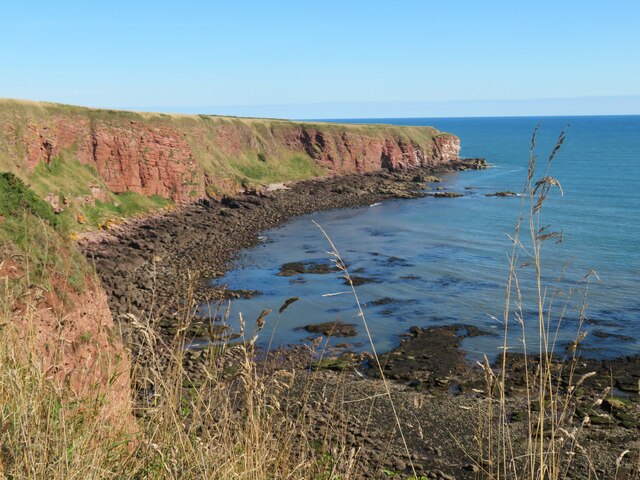
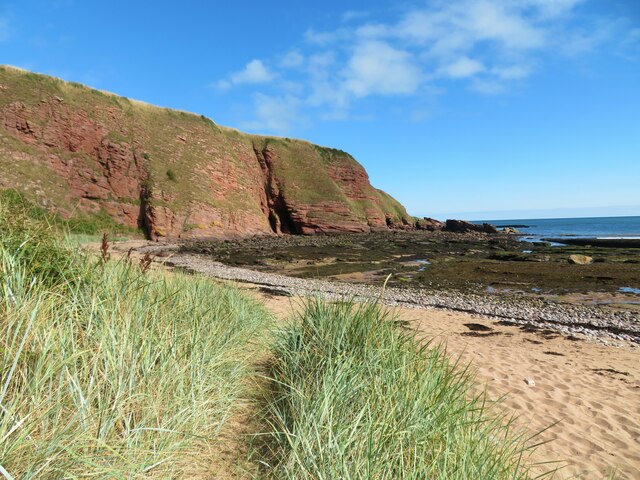
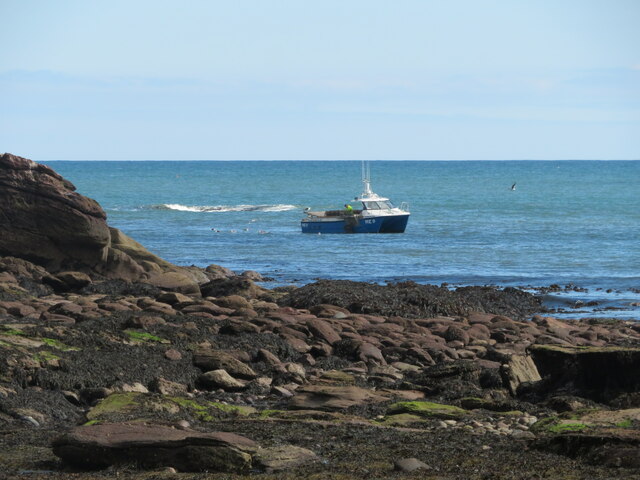
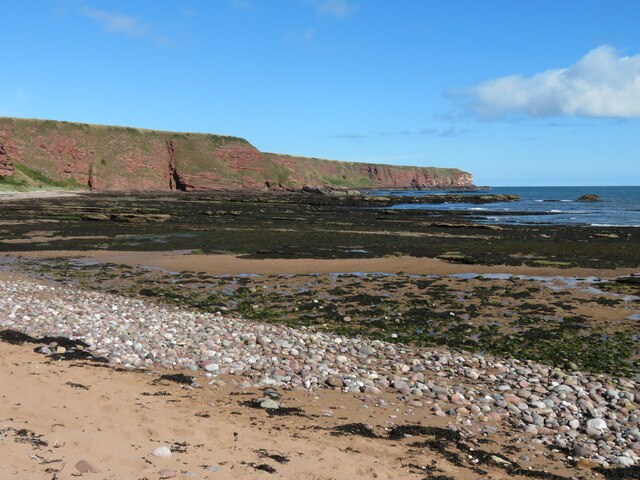

![Musical fence above Carlingheugh Bay An unusual feature by the coast path. I&#039;ve not worked out the tune. Maybe it&#039;s something by Cliff [Richard] or a rock anthem?](https://s1.geograph.org.uk/geophotos/06/97/01/6970189_ad15adce.jpg)

